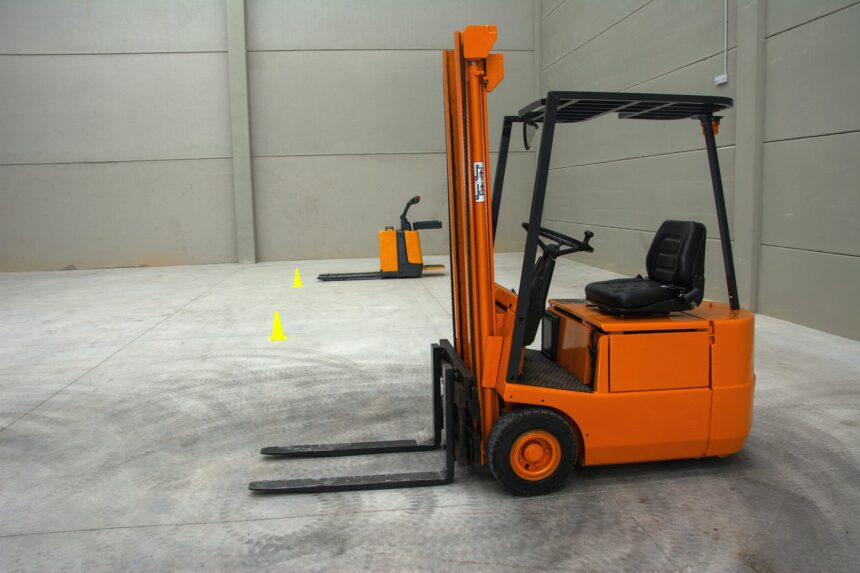Legislation and Importance of Accreditation:
- While theoretically anyone can train someone to drive a forklift, companies are urged to follow proper training procedures to avoid legal consequences under the Health and Safety at Work Act.
- The Act emphasizes the employer’s responsibility to ensure employees’ safety, including proper training.
- An accreditation scheme exists to ensure proper forklift training, with accrediting bodies setting standards, minimum course durations, and monitoring training companies.
- The Approved Code of Practice for the training of forklift operators outlines the importance of correct training and specifies three stages of forklift operator training.
Accrediting Bodies and Training Standards:
- Accrediting bodies oversee and accredit forklift training companies, ensuring adherence to standards, proper records, and correct training procedures.
- The Accrediting Bodies Association provides a list of forklift truck groups, and RTITB produces trainer guides for each type.
- It’s essential to verify the accreditation of forklift training providers and be cautious of one-day courses, which are only allowed for re-tests with a maximum of three attendees.
Re-Training of Forklift Operators:
- Re-tests for forklift operators are mandatory according to the 2005 Workplace Transport Regulations.
- The NORS system allows for re-testing every three years to renew forklift qualifications.
- RTITB sends reminders to operators when re-training is due and maintains records of who conducted their initial training.
- Refresher forklift operator training is not mandated after a specific period, but the Provision and Use of Work Equipment Regulations calls for periodic refresher training.
- After an accident, the time since the last forklift training can be crucial in legal proceedings, and outdated training may impact prosecution cases.
Conclusion:
Proper forklift operator training is essential for ensuring workplace safety and complying with regulations. Companies are encouraged to work with accredited training providers, follow established standards, and prioritize re-training to maintain a skilled and safe workforce. Understanding the legislative requirements and staying updated on refresher training needs is crucial for fostering a secure working environment.



Leave a Reply